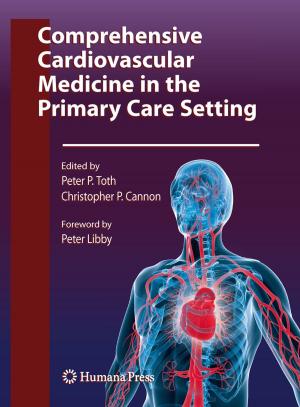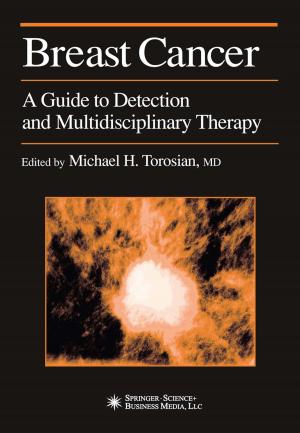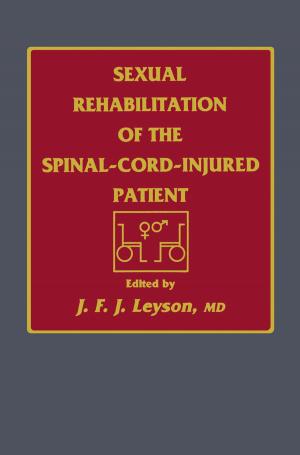Nuclear Cardiology: The Basics
How to Set Up and Maintain a Laboratory
Nonfiction, Health & Well Being, Medical, Medical Science, Biochemistry, Specialties, Internal Medicine, Cardiology| Author: | ISBN: | 9781592594269 | |
| Publisher: | Humana Press | Publication: | September 11, 2003 |
| Imprint: | Humana | Language: | English |
| Author: | |
| ISBN: | 9781592594269 |
| Publisher: | Humana Press |
| Publication: | September 11, 2003 |
| Imprint: | Humana |
| Language: | English |
In the United States the performance of nuclear cardiology studies continues to increase. As an example, in 1998, 4,160,739 myocardial perfusion imaging st- ies were done. In 2001 this number increased to 5,679,258. The nonhospital performance of perfusion imaging increased over the same time period from 1,188,731 to 1,789,207 studies (Arlington Medical Resources data). In 1999, there were approximately 1300 nonhospital sites with nuclear imaging capabi- ties, of which 600 were in physician’s offices. By 2001, there were approximately 1700 nonhospital sites, of which 780 were in physician’s offices (from IMV, LTD: http://www.imvlimited.com/mid/). The growth of nuclear cardiology as an expanded outpatient laboratory ent- prise is readily apparent. In the United States, as well as in other parts of the world, this growth has been linked to the recognition of the ability of cardiologists to perform these studies. The certification examination in nuclear cardiology is now well established in the United States. Accreditation of laboratories is also well established. Over the years, some of the most frequent questions asked by our former trainees relate to practical issues involved in the establishment of a nuclear cardiology laboratory. In view of the growth of the field, this is certainly not surprising.
In the United States the performance of nuclear cardiology studies continues to increase. As an example, in 1998, 4,160,739 myocardial perfusion imaging st- ies were done. In 2001 this number increased to 5,679,258. The nonhospital performance of perfusion imaging increased over the same time period from 1,188,731 to 1,789,207 studies (Arlington Medical Resources data). In 1999, there were approximately 1300 nonhospital sites with nuclear imaging capabi- ties, of which 600 were in physician’s offices. By 2001, there were approximately 1700 nonhospital sites, of which 780 were in physician’s offices (from IMV, LTD: http://www.imvlimited.com/mid/). The growth of nuclear cardiology as an expanded outpatient laboratory ent- prise is readily apparent. In the United States, as well as in other parts of the world, this growth has been linked to the recognition of the ability of cardiologists to perform these studies. The certification examination in nuclear cardiology is now well established in the United States. Accreditation of laboratories is also well established. Over the years, some of the most frequent questions asked by our former trainees relate to practical issues involved in the establishment of a nuclear cardiology laboratory. In view of the growth of the field, this is certainly not surprising.















